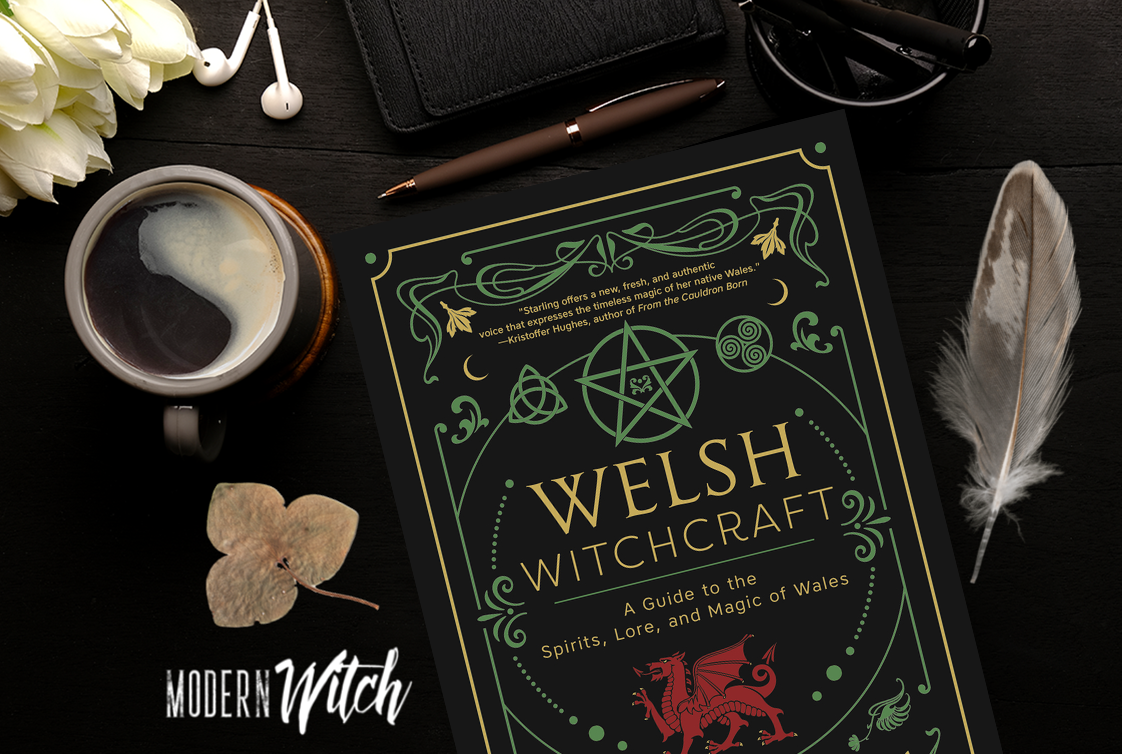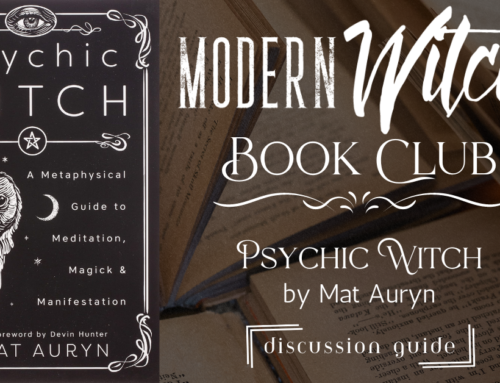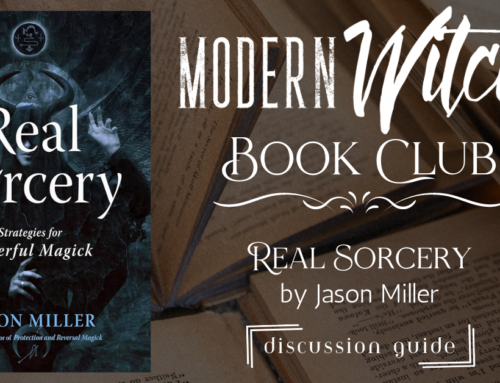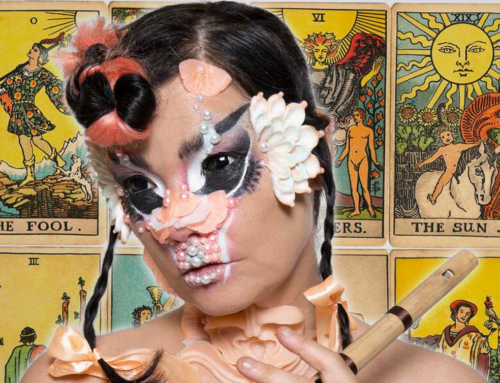Welsh Witchcraft: A Guide to the Lore, Spirits, and Magic of Wales is a must-read for anyone interested in exploring the magical traditions and practices of Wales. The book is written by Mhara Starling, a Welsh native and a practitioner of Welsh witchcraft, who provides readers with a comprehensive guide to the spirits, lore, and magic of Wales. The book begins with a brief history of Welsh witchcraft and its place in Welsh culture and society. Starling then explores the spirits and deities associated with Welsh folklore and mythology, providing an in-depth overview of their stories, attributes, and significance in Welsh witchcraft. She emphasizes the importance of connecting with nature and the land in Welsh witchcraft, and how it is vital to cultivate a deep and meaningful relationship with the natural world. This emphasis on nature and the land is a recurring theme throughout the book and serves as a powerful reminder of the interconnectedness of all things. The book provides an exploration of various magical techniques and rituals employed in Welsh witchcraft, including the use of herbs and other natural materials. Starling provides detailed information on the properties and uses of these materials, as well as instructions on how to use them in various magical practices. The book also delves into the role of divination and meditation in Welsh witchcraft. Starling provides insights into various divination methods used in Welsh witchcraft, as well as techniques for meditation and visualization. But what truly sets Starling apart is her unwavering passion for the craft, evident in every word she writes. She is an inspiration to all aspiring and practicing witches and a truly amazing person and our community is richer because of her presence within it.
I think my favorite part of Welsh Witchcraft is Starling’s discussion of Welsh fairytales and fairies. She does a brilliant job of exploring the role of fairies in Welsh myth, fairytales, and witchcraft, providing a glimpse into the rich and enchanting world of Welsh folklore. Fairies are depicted as nature spirits that inhabit the hills, valleys, and forests of Wales, and the need to respect and honor them is emphasized throughout the book. In Welsh folklore, fairies are often depicted as mischievous and sometimes dangerous, but also as powerful allies in magical workings. Starling provides a detailed overview of specific fairy tales from Welsh folklore, including “The Lady of the Lake” and “The Red Dragon of Wales.” She explores the roles that fairies play in these stories, as well as insights into the deeper meanings and symbolism of the tales. The book also delves into the different types of fairies in Welsh mythology, such as the Tylwyth Teg and the Bendith y Mamau. Starling provides detailed descriptions of these fairies and their attributes, as well as their roles in Welsh witchcraft. One of the key takeaways from Welsh Witchcraft is the importance of respecting and honoring nature spirits, including fairies, in magical workings and also everyday life. Starling emphasizes that fairies can be powerful allies in spells and rituals, but they must be approached with respect and caution. Welsh Witchcraft is an enchanting and informative book that provides a glimpse into the rich and enchanting world of Welsh witchcraft. It is an invaluable resource for anyone interested in exploring the magical traditions of Wales, Welsh mythology, or anyone interested in the lore of fairies. Even if one is not Welsh, reading this book is still an enriching experience, as Welsh culture, mythology, and practices have inspired and influenced many witchcraft traditions in Europe, from Gardner’s Wicca to Cochrane’s Trad Craft. Be sure not to miss this one. I walked away enriched after reading this book and look forward to reading more books by the author in the future.





